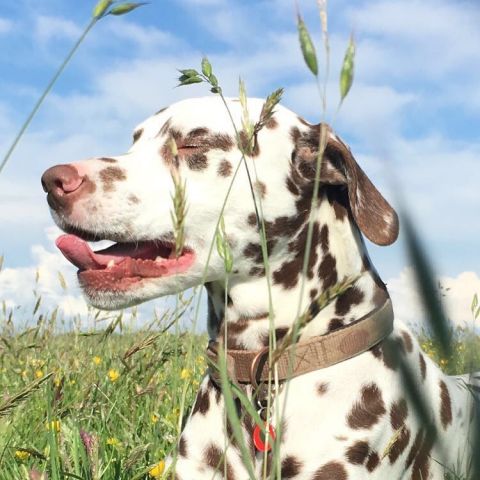Heat Stroke

What is heat stroke?
Heat stroke is a sudden onset, life threatening emergency which can lead to major organ damage and in the worst case scenario, death. Even if a dog recovers, it can be left with permanent organ damage. It occurs as a result of exposure to high temperatures or exercising in hot weather resulting in the dog being unable to cool down effectively through panting.
Dogs that are especially prone to heat stroke include those diagnosed with any breathing issues such laryngeal paralysis, those with heart disease, brachycephalic breeds (Pugs, French Bulldogs, English Bulldogs), obese dogs (can you feel your dogs ribs easily??) older dogs and those with dark or dense hair.
What are the signs of heat stroke?
Recognising the early signs of heat stroke are extremely important. Heat stroke can kill within 20 minutes. The early signs to look out for include:
- Excessive panting
- Fast heart rate
- Dry mouth and nose
- Dull greyish or red gums
- Vomiting and diarrhoea
- Unsteadiness
What to do if you suspect your dog may have heat stroke?
- Stop exercising immediately and offer water to drink
- Take your dog to your vet straight away, do not delay
- If possible spray your dog with tepid water (do not use cold water)
- During the car journey, ensure the air conditioning is on the lowest possible temperature or open the windows fully
Unfortunately, heat stroke carries a death rate of 50%. However, studies have shown that dogs cooled by their owners before reaching the vet had a lower death rate than those whose owners did not attempt cooling.
How to prevent heat stroke.
Due to the seriousness of heat stroke, prevention is so important. Here are a few useful tips to keep your dog safe.
- Never leave dogs in cars on hot days for any period of time.
- Most animals acclimatise to warmer temperatures within 10 to 20 days but it can take up to 2 months before they are fully acclimatised! During this time, much more care is required so make sure your dog has ready access to drinking water and cool places around the house. Paddling pools and ice cube treats are great ways to help your dog cool down.
- Walk your dog early in the morning or later in the evening. If you’re going to be out for any prolonged period of time, make sure you have drinking water and bowl with you.





